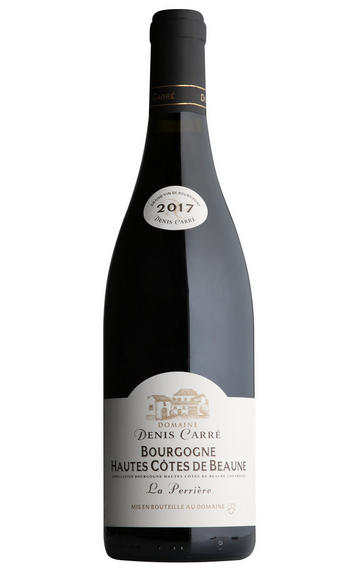
2017 Bourgogne Hautes Côtes de Beaune, La Perrière, Domaine Denis Carré
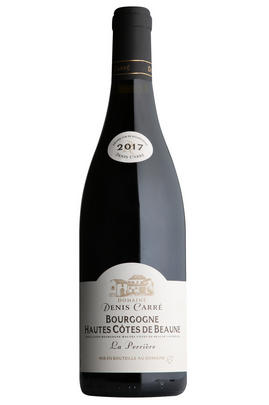
Critics reviews
About this WINE
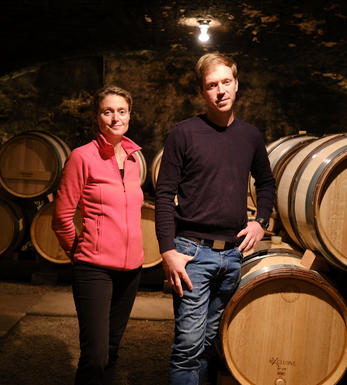
Domaine Denis Carre
Denis Carré did not inherit any vineyards, but – having harvested grapes as a teenager – he decided he wanted to make wine. He began renting vines, initially some Gamay and Pinot for three barrels of Passetoutgrains, while working in a garage in the evenings to fund his winemaking. He and his wife, Bernadette, slowly but surely added to their holdings, and the estate now totals 14 hectares across the Hautes Côtes and Côte de Beaune. Their children, Martial and Gaëtane, have been involved full-time since 2008, and now run the domaine.
Tucked away in Meloisey, in the Hautes Cotes de Beaune, this small family domaine has so far remained relatively under the radar, but the recent change of generation has seen their reputation grow. This is largely thanks to their careful work in the vineyards, which is geared towards achieving the best quality possible, as well as a sensible approach to winemaking, which focuses on producing accessible wines with fresh, clean, fruit profiles. Gaëtane and Martial are thoughtful, energetic and smart, understanding that wine is made to be drunk and enjoyed, and their focus is on making wines that give pleasure when young, but also have the potential to age gracefully. Everything is focused on preserving purity of fruit; a maximum of 25% new oak is used on the top wines, while the Pinot Noir is all de-stemmed, extraction is gentle and bâtonnage is avoided. Many of their parcels are at relatively high altitude, and the cool location of the Hautes Côtes gives their wines real energy and freshness.
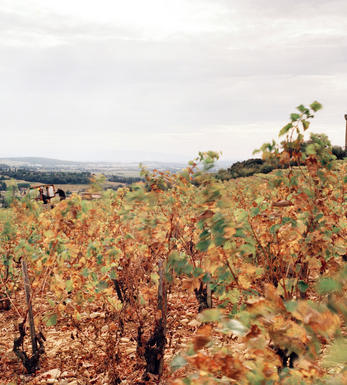
Bourgogne Blanc
Bourgogne Blanc is the appellation used to refer to generic white wines from Burgundy, a wide term which allows 384 separate villages to produce a white wine with the label ‘Bourgogne.’ As a result of this variety, Bourgogne Blanc is very hard to characterise with a single notable style, however the wines are usually dominated by the presence of Chardonnay, which is just about the only common factor between them. That being said, Chardonnay itself varies based on the environmental factors, so every bottle of Bourgogne Blanc will vary in some way from the next! Pinot Blanc and Pinot Gris are also permitted for use in Bourgogne Blanc under the regulations of the appellation.
As Bourgogne Blanc is very much an entry-level white wine for most regions in Burgundy, prices are usually very reasonable, and due to the terroir and climate of Burgundy, Bourgogne Blanc wines tend to have a strong acidity to them, combined with a vibrant and often fruity palate when compared with other whites from the New World, say, allowing fantastic matchmaking with many different kinds of food.
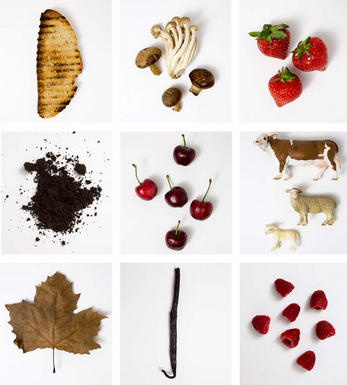
Pinot Noir
Pinot Noir is probably the most frustrating, and at times infuriating, wine grape in the world. However when it is successful, it can produce some of the most sublime wines known to man. This thin-skinned grape which grows in small, tight bunches performs well on well-drained, deepish limestone based subsoils as are found on Burgundy's Côte d'Or.
Pinot Noir is more susceptible than other varieties to over cropping - concentration and varietal character disappear rapidly if yields are excessive and yields as little as 25hl/ha are the norm for some climats of the Côte d`Or.
Because of the thinness of the skins, Pinot Noir wines are lighter in colour, body and tannins. However the best wines have grip, complexity and an intensity of fruit seldom found in wine from other grapes. Young Pinot Noir can smell almost sweet, redolent with freshly crushed raspberries, cherries and redcurrants. When mature, the best wines develop a sensuous, silky mouth feel with the fruit flavours deepening and gamey "sous-bois" nuances emerging.
The best examples are still found in Burgundy, although Pinot Noir`s key role in Champagne should not be forgotten. It is grown throughout the world with notable success in the Carneros and Russian River Valley districts of California, and the Martinborough and Central Otago regions of New Zealand.


Buying options
Add to wishlist
Description
This hidden gem is located up in the village of Meloisey, high in the hills behind Pommard. Brother and sister Martial and Gaetane Carré have recently taken over running the estate from their father, Denis, and have focused on making wines which are fruit-forward but with structure and complexity.
Bright ruby in colour with some youthful purple highlights, the nose is an absolute joy with an explosion of inviting summer pudding aromas. The palate doesn’t disappoint, with juicy cranberry and redcurrant and a fresh acidity that will leave you wanting another glass. Drink now to 2021.
wine at a glance
Delivery and quality guarantee